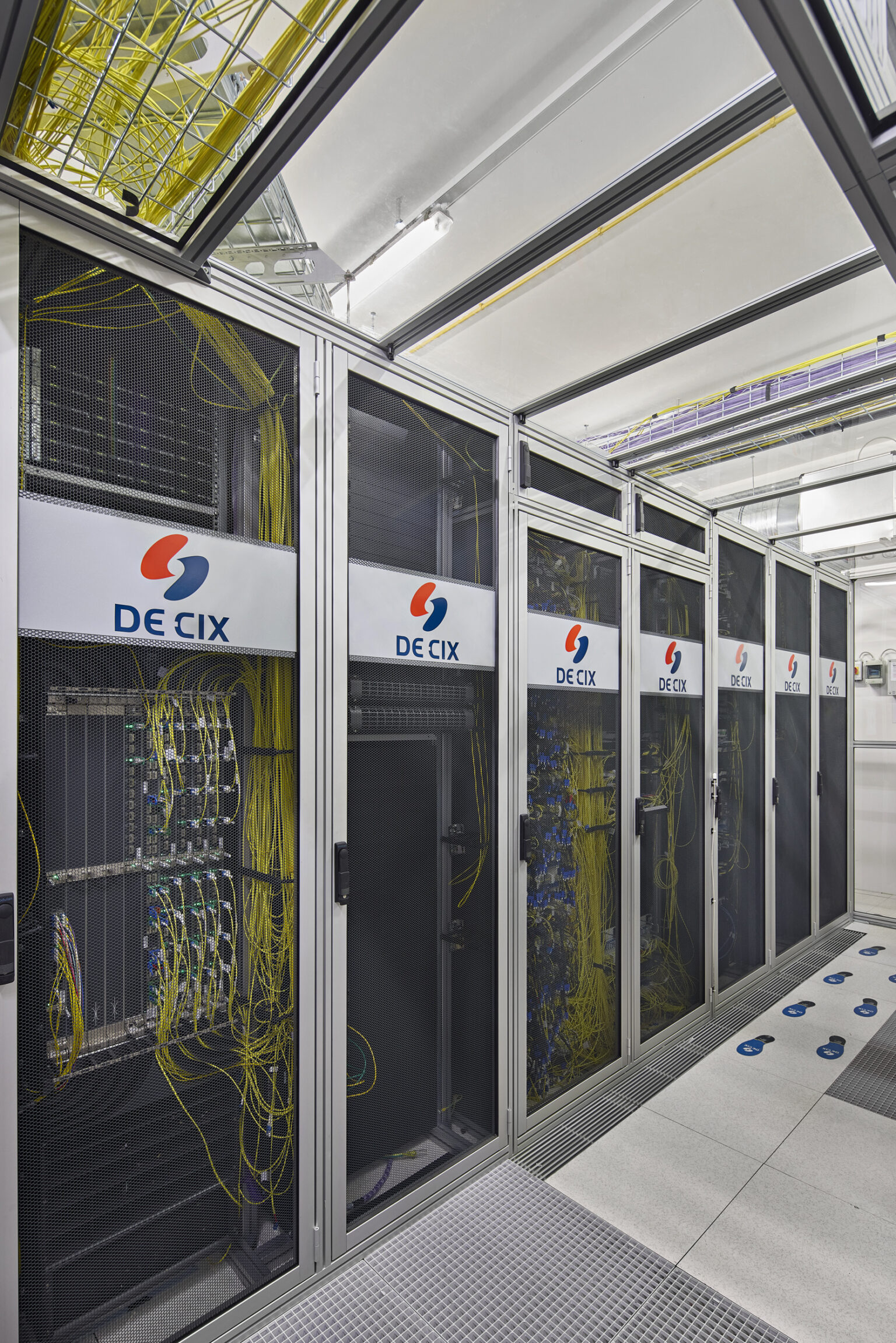DE-CIX, the world’s leading Internet Exchange operator, and the German Aerospace Center (DLR) are joining forces to make satellite internet faster, more reliable, and more weatherproof. The two organizations are working on laser-based communication with low Earth orbit (LEO) satellites as part of the European Space Agency’s OFELIAS project, aiming to deliver results by July 2026.
Laser links promise higher bandwidth and faster data rates than traditional radio signals, but they are vulnerable to clouds, fog, and rain. The project focuses on developing smarter protocols, algorithms, and network management techniques to keep data flowing even in challenging weather conditions.
“We are working to increase the availability of optical satellite networks for end users,” said Hermann Bischl of the DLR. “We aim to overcome the unique challenges of all-optical transmission with innovative signal processing and network control.”
DE-CIX is leveraging its three decades of experience connecting networks on Earth to create an intelligently interconnected satellite system.
“Our goal is to make optical satellite communications robust enough to integrate seamlessly with terrestrial networks,” said DE-CIX’s Matthias Wichtlhuber.
The collaboration is seen as a key step for next-generation applications that need ultra-low latency, such as artificial intelligence, immersive technologies, and robotics. DE-CIX’s Space-IX initiative will connect LEO satellites directly to content, cloud, and application networks, laying the groundwork for future business models between Earth and space, according to DE-CIX CEO Ivo Ivanov.
The project highlights Europe’s drive to strengthen digital infrastructure in orbit and on the ground, creating faster, smarter, and more reliable satellite communications for the future.
